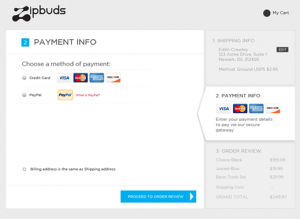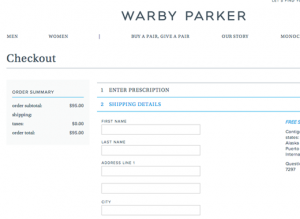Websites have a lot of factors that play a role in determining how successful they are. So what are some of the key elements of your business’s website that you should focus on in order to increase conversion rates?
A Clear And Convincing Value Proposition
Your value proposition is your pocket aces; it’s your most important conversion feature. So what exactly is your value proposition?
“It’s the primary reason a prospect should buy from you. Customers not only want to know ‘What’s in it for me?’ but ‘Why buy from you?’
If you had just 10 words to explain why people should buy from you instead of the competition, what would you say?
There are things you can do to improve your website’s conversion results, such as tweaking on-page elements, like button color, font size, and image position, but your primary focus should be on strengthening your value proposition.

How To Make A Solid Value Proposition:
- Differentiate yourself from competitors – Establish at least one key element of value that you excel at and highlight that as the determining factor which makes you stand apart from your competition.
- Communicate your value proposition clearly and succinctly – You need to distill your value proposition down until you can articulate it in a single, instantly credible sentence.
- Make sure your value proposition resonates with your target audience – This process should involve testing, tracking, and measuring.
A Simple, Straight Forward Checkout Process
Less is more when it comes to your website’s checkout process, and the first step is key. Research shows that during the checkout funnel, the largest number of customers to abandon the process do so during the very first step.

To help increase the number of people who successfully move from step 1 to step 2 and so on through your checkout funnel, eventually resulting in a conversion, check out the following three suggestions:
1. Get rid of the “sign-in” hurdle
“Are you a new or returning customer?” This is often viewed as a jarring question because it leads to additional steps, such as recalling the email address and password you signed up with if you are a returning customer, or deciding whether to create an account or checkout as a guest if you are a new customer. “Each option creates an unnecessary disconnect between the user and their goal—buying the product,” says Nirav Sheth.

2. Include a progress indicator
Whether your checkout funnel includes one step or six, progress indicators can help put customers’ minds at ease by letting them know what they’re in for from the start.
According to Sheth, “An uber-simple solution is to take the unused space on the page and put in a progress bar. As a step gets completed, it is clearly shown, and there’s a way to go back to edit it in case of a mistake.”

3. Don’t jump the gun with billing information
An order of operations should be followed during the checkout funnel, and it should be one that suits your customers’ preferences, not your own. So while collecting billing information might rank higher on your priority list, that isn’t the case for your customers, who value shipping information and method more highly.

So take a cue from Warby Parker and ask for customers’ shipping information before you inquire about their payment method details.
A Well-Tested Call-To-Action
Serving as a persuasive tool to get customers to take a specific action, your call-to-action is a valuable aspect of your website, and it needs to be tested. The most important elements of a CTA include the copy (make it action-oriented and urgent), its location on the page (make it easy to find and in a place that doesn’t compete with other important information), and the aesthetics of it (make it stand out with a contrasting color).
What do you think about the website elements detailed here? How important do you think they are? What other elements do you focus on?




